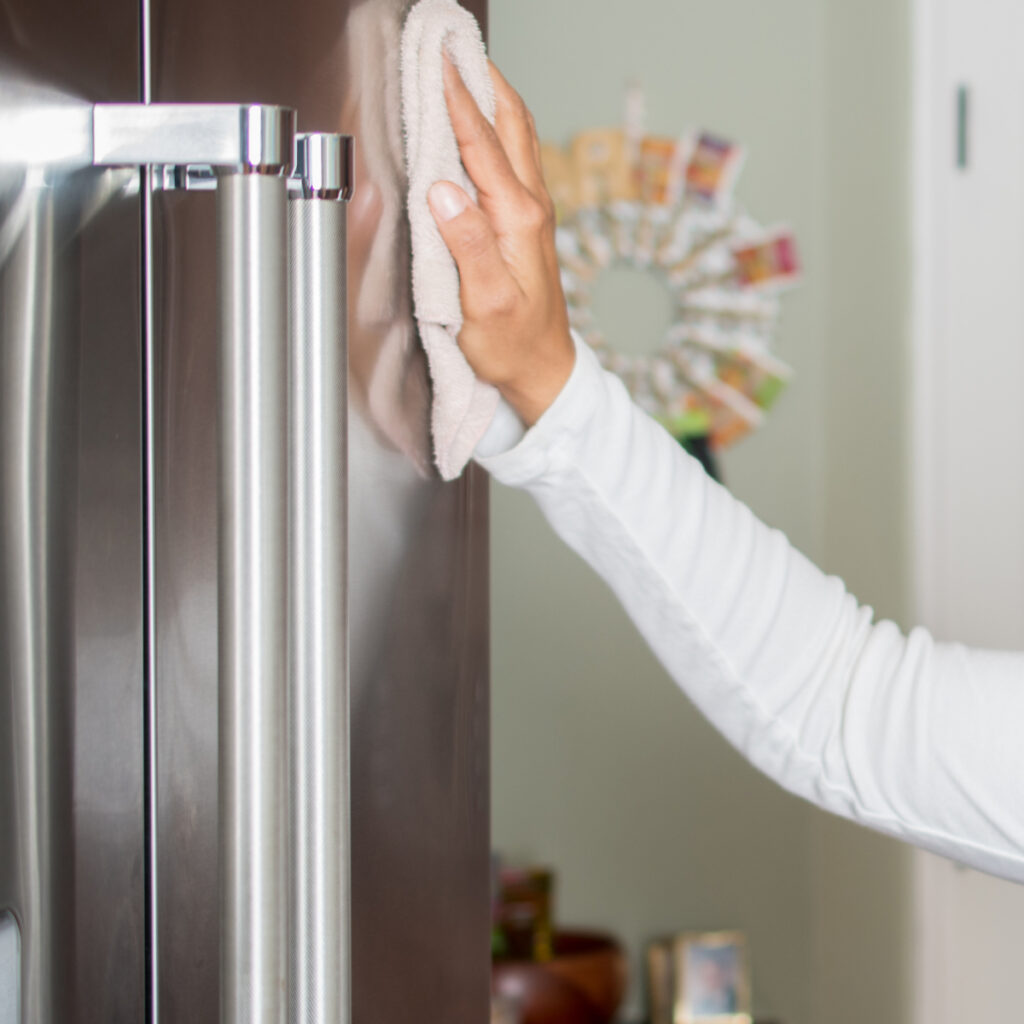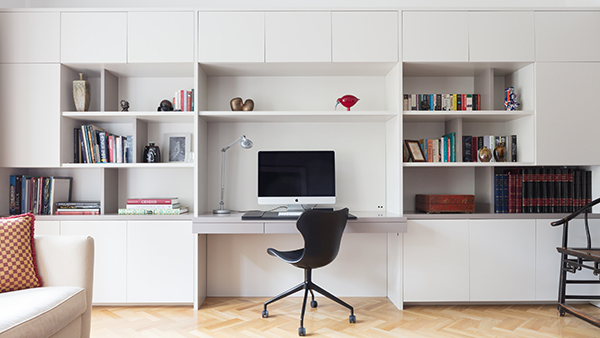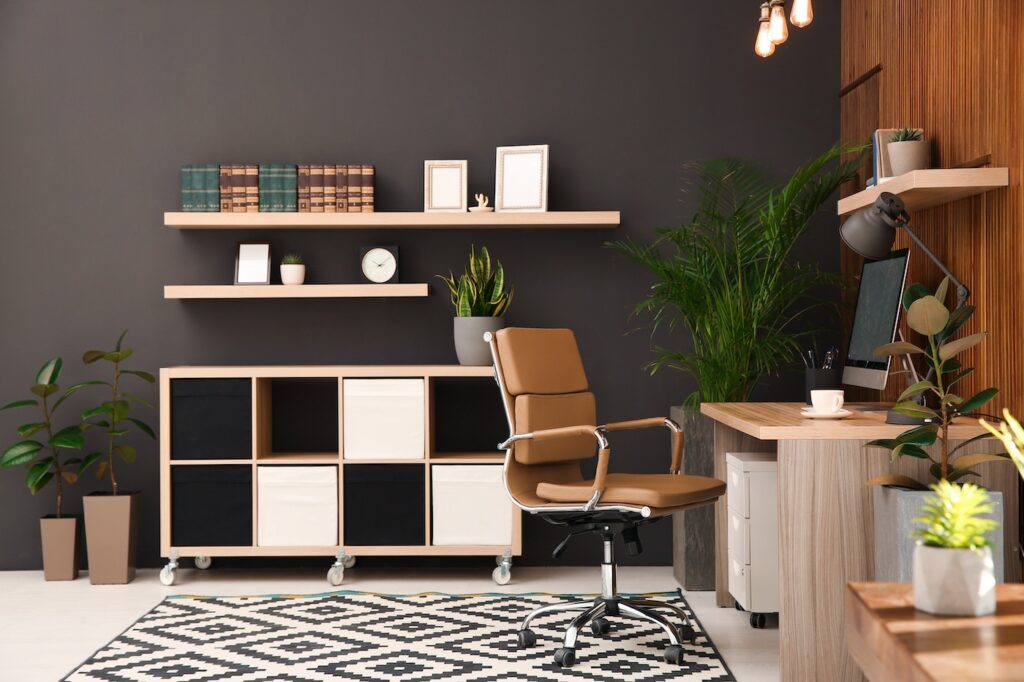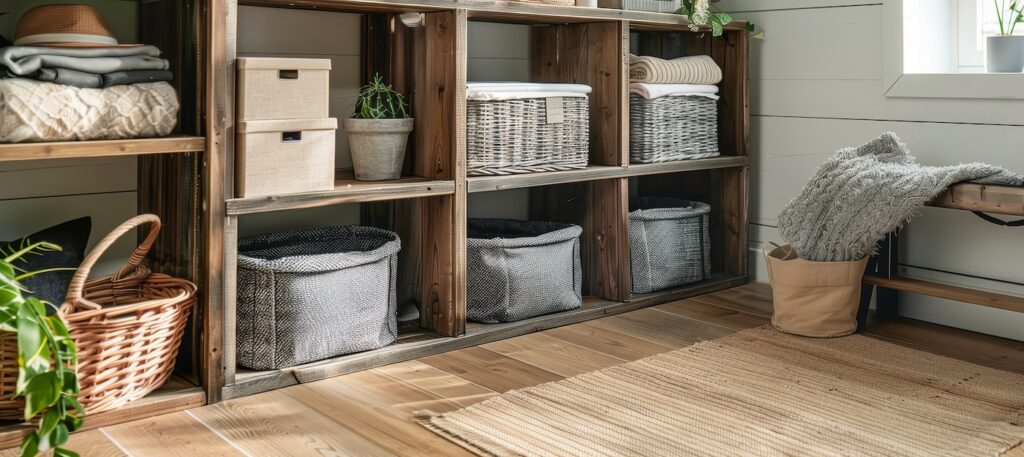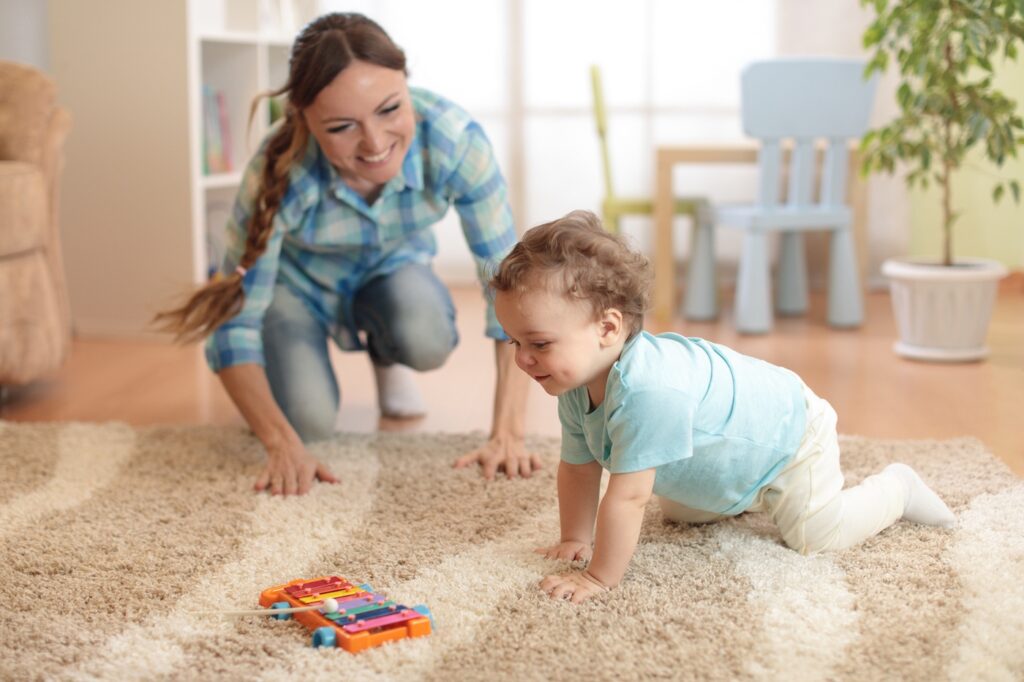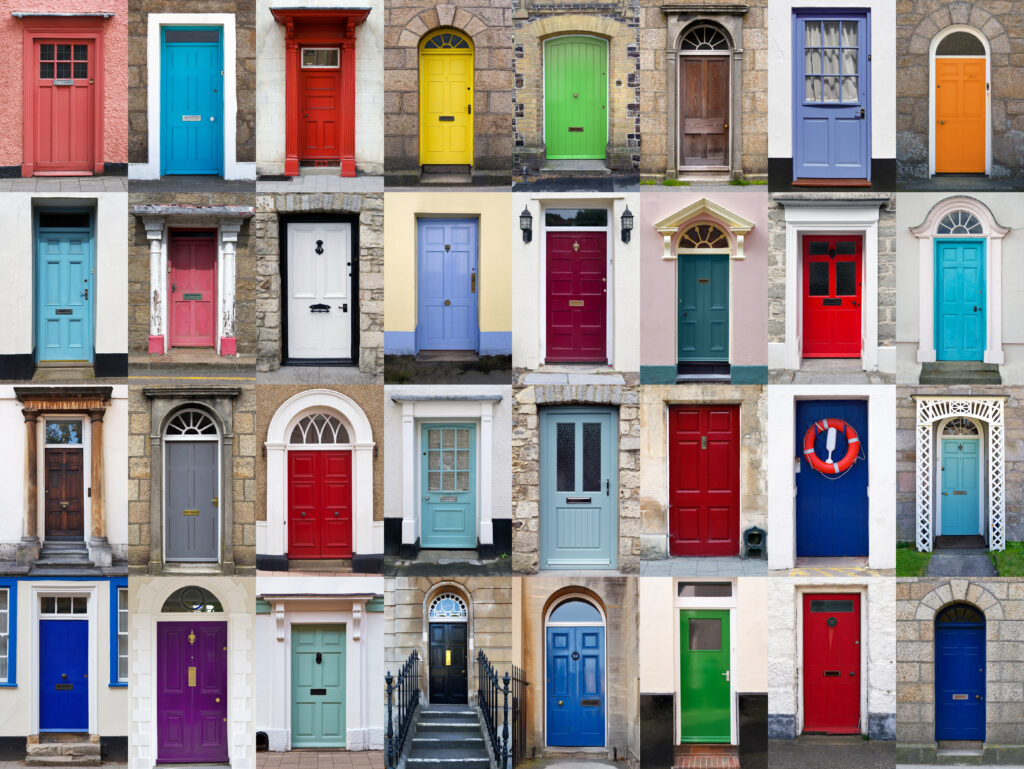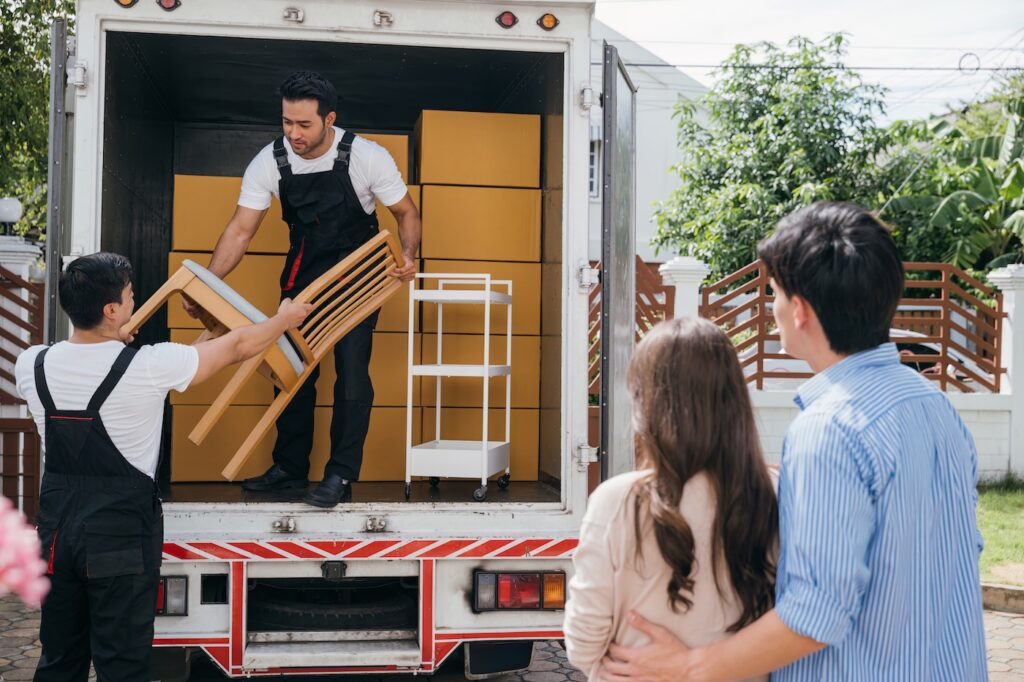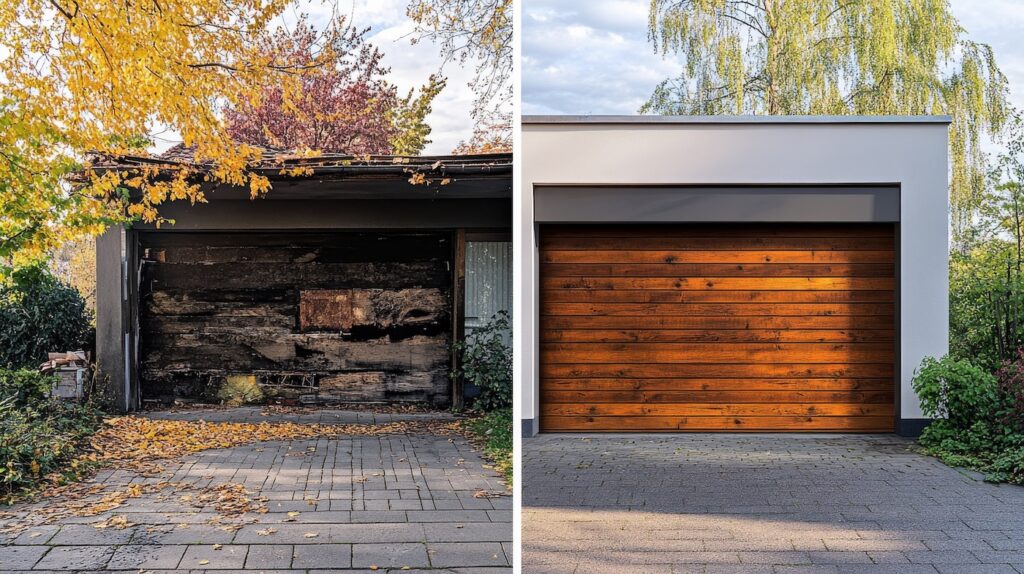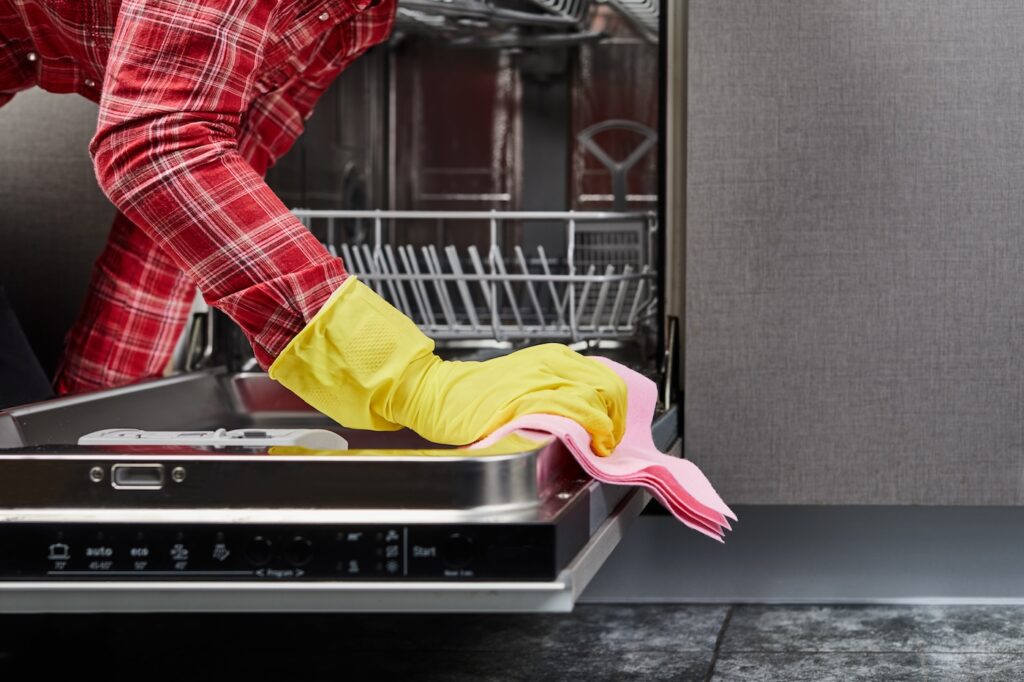When it comes to cleaning scenarios, there are endless possibilities. But what happens when you face a challenge you haven’t had to deal with on a regular basis? We’ve gathered some great tips to help you navigate three daunting cleaning situations, plus one bonus tip that’ll keep you cleaning with zest for the long haul!
Stainless Steel
Have you ever looked at your stainless steel kitchen appliances, only to see smudges blocking their shine? If so, Ariel R., Taskrabbit’s lifestyle trend expert, has a literal solution for that.
“If you don’t have specialized stainless steel cleaners on hand, it’s easy to concoct one with a DIY recipe of ingredients you’ll likely find in your pantry,” she says. “My go-to is a combination of white vinegar and olive oil. It’s a great natural alternative to commercial cleaners.”
If you’re fresh out of vinegar and olive oil, you can substitute dish soap with a splash of water in place of vinegar, and baby oil in place of olive oil. It’s still a quick, in-home alternative, and you’ll get the same cleaning effect.
Tip: Once you have your ingredients, mix them in a spray bottle, and apply the solution directly onto the stainless steel surface. Wipe it down using a microfiber cloth until all grease and grime are removed. Finally, use a fresh microfiber cloth with a few dollops of oil to polish the appliance. This will help it shine without getting sticky!
Smoke

When smoke hasn’t outright damaged items in your home, the smell of it can stick to walls, upholstery, carpets, and rugs. Whether you’re dealing with the aftermath of a house fire, a nearby wildfire, or someone’s heavy cigarette use, you might ask: How do I get rid of that smell? Unless “campfire” is your favorite scent, you’ll want to heed the following tips from Tasker Fiona B., who’s an expert in this area.
Walls
When trying to remove smoke smell from walls in your home, your first thought might be to try ammonia, a tried and true–but toxic—cleaning product. Given that this chemical can become dangerous or even deadly, however, Fiona has some natural alternatives that work just as well and won’t leave you gasping for fresh air.
“A less harsh but also effective method is to mix a good Castile soap with water and essential oils of your choice,” she says. “Then scrub the walls with a microfiber cloth.”
Tip: You can also create a mixture using ½ baking soda, ¼ cup of white vinegar, and hot water. This is a great way to get rid of stains on walls that might be the source of unpleasant odors. It also helps to make sure the sponge or cloth you’re using is damp rather than soaking wet—this can help you avoid drips down your wall.
Upholstery
Did you know baking soda is odorless but absorbs odors? This makes it a great choice for deodorizing furniture, upholstery, and floors.
“Just sprinkle some baking soda on the affected areas, and leave it for a few days before vacuuming it up,” Fiona says. “For added freshness, you can even add a few drops of an essential oil (or oils) to the baking soda. Just make sure the oil is thoroughly mixed into the baking soda to prevent oil stains.”
Tip: To deep clean your furniture upholstery, you can remove all covers, sprinkle baking soda on them, and then throw them in the washing machine with laundry detergent. If they’re very affected by smoke odor, you might need to repeat this process at least once.
Carpet & rugs

Don’t forget about your carpet or rugs! These spots can be heavily affected by smoke odor, yet there are multiple ways to tackle the problem.
“Using carpet deodorizer, liquid or powder carpet cleaner, or baking soda with essential oils of your choice are all great ways to lift smoke smells from carpets,” says Fiona.
That said, it’s important to follow instructions carefully when using carpet cleaner. If you’re using baking soda, you can simply sprinkle it on the carpet, let it sit for a few days, and then vacuum it up.
Tip: If you’re in the market for a pricier but very effective option, you can also consider steam cleaning. This often requires hiring a professional, but the results are worth it!
Products for your smoke arsenal
“Some key products I keep in my arsenal are carpet deodorizer and liquid or powder carpet cleaner, which both do a great job of making carpets smell fresh and clean again,” Fiona says. “Baking soda is also a must—it can be mixed with essential oils or distilled white vinegar.”
Tip: To cut through smoke odors safely and naturally, vinegar is a great solution. If you do decide to use ammonia, though, make sure to dilute it with water, and never mix it with other cleaners or chemicals, especially bleach, as this combination creates a deadly gas. If you’re not sure how to use ammonia safely, either opt for the safer option or hire an experienced Tasker.
Hurricanes
Hurricane aftermath can present a beastly cleaning challenge, one that can often go unanticipated when people are busy preparing for the storm. If you’ve just suffered a hurricane and don’t know where to start, our own Ariel R. has you covered.
“The first thing you want to do is ensure your home is safe enough to stay in after the storm,” Ariel says. “Depending on the level of damage, you may need to bring in an expert to assess the safety of your space and to support the cleanup process.”
The first 48 hours
“Once you’ve determined your home is safe after the storm or flood, you’ll want to clean up and dry it quickly, ideally within a 24-to-48-hour window,” Ariel says. “Ensuring your home is dried out within 1-2 days maximum is critical in lowering the risk of long-lasting damage and harmful mold. You can do this by opening doors and windows to air out your house and using fans to speed up the process.”
Note that water damage can cause black mold—never a good thing—so if you see it growing on walls, consider tackling it with a mixture of one part bleach, three parts hot water. Using protective gear (including rubber gloves, goggles, and a mask), scrub the affected area with a soft brush until all signs of mold are gone. If you continue to have problems with mold, it’s best to hire a professional to handle it.
Removing Debris
One of the next steps after a hurricane is to make sure the outdoor areas around your home are safe to navigate. Before anything else, ensure your entrances and exits are clear, as impasses of this sort can be fire hazards.
“Both outdoor and indoor cleanup can be pretty daunting,” Ariel says. “When there’s a hurricane, it always helps if you can lean on family, friends, and your community to help with cleanup.
Tip: The CDC recommends throwing out items that you can’t clean or dry quickly. These may include mattresses, carpeting, carpet padding, rugs, upholstered furniture, cosmetics, stuffed animals, baby toys, pillows, foam-rubber items, books, wall coverings, and paper products. Why? Because all these things give mold a great place to grow.
“The key, generally, is to get rid of mold, stains, or the opportunity for both to form,” Ariel says. “It helps to use natural cleaning processes where possible, but chemical methods meant specifically to tackle water damage also may be necessary.”
Water Stains

Still have water stains on wood? You’ll never guess what Ariel recommends as a solution.
“Mayonnaise,” she says. “Believe it or not, this sandwich condiment offers a common way to remove these types of stains. The oil will seep into the wood, dislodge the water, and act as a finish. As an alternative, you can mix equal parts vinegar and oil. Whichever method you choose, be sure to apply the oil mixture to the water stain with a dry cloth, then wipe the area until the water starts to lift.”
For carpets, a tried and true method is to use a mixture of vinegar and water. “Mix equal parts in a bowl. Then, using a cloth rag, gently apply it to the water stains on your carpet,” Ariel says. “Press down repeatedly until the stains start to lift.
Tip: You can also use classic carpet detergent along with a carpet-cleaning vacuum—a popular item available at any major hardware store. While these vacuums are easy to use, Ariel stresses that it’s also possible to manually clean carpets with detergent. “If you want to do this without buying the bulky vacuum, grab a bucket, and mix one part detergent with 10 parts water,” she says. “Gently scrub the carpet with a cloth rag or soft brush. If you choose this route, just make sure to use rubber gloves to protect yourself.”
Finally, we have one more tip from Tasker Gabriela L. that applies to any cleaning adventure you might be tackling.
“Put all your attention into the process, and do it with love,” Gabriela says. “Start your favorite podcast, and focus on the details—say, the space between the sink and the faucet fixture if you’re cleaning a kitchen. Little things make a big difference!”
Don’t want to clean on your own? Hire a Tasker.
Love cleaning so much that you want to earn money doing it? Become a Tasker.

